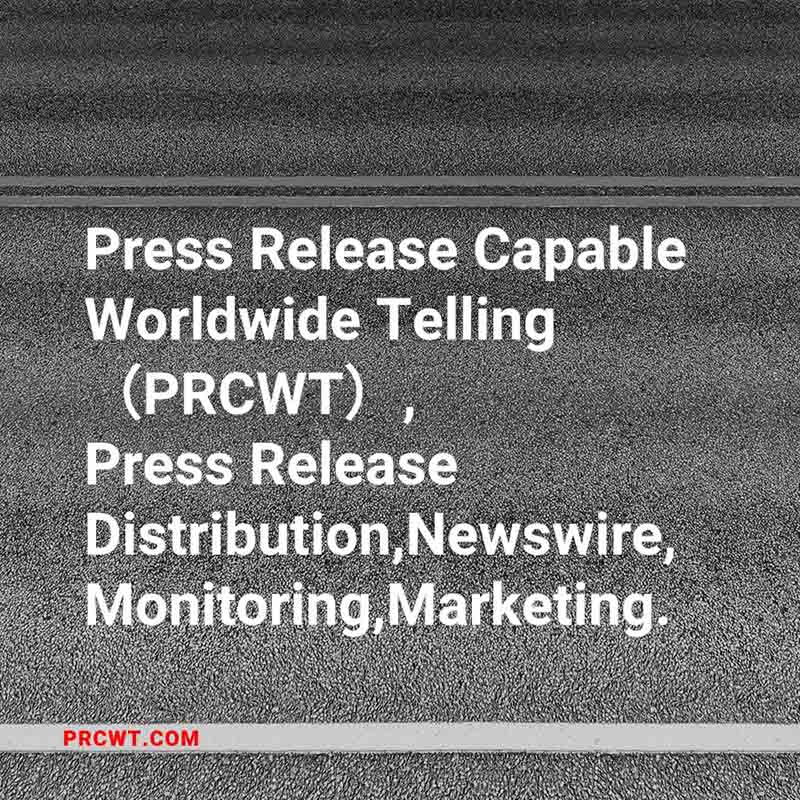In today's digital age, media distribution has become an essential aspect of any successful marketing strategy. With the rapid growth of the internet and the increasing popularity of social media, brands are now able to reach a wider audience than ever before. However, with so many options available, it can be challenging to determine the best way to distribute your media. In this article, we will explore the different types of media distribution channels available and how you can use them to reach your target audience.
One of the most important factors to consider when choosing a media distribution channel is your target audience. Different channels are more popular with different age groups, genders, and interests. For example, younger audiences are more likely to use social media platforms such as Facebook, Instagram, and Twitter, while older audiences may prefer traditional media such as TV, radio, and print. By understanding your target audience, you can choose the channels that are most likely to reach them and engage with them.

Another important factor to consider is the type of media you are distributing. Different types of media require different distribution channels. For example, video content is best distributed on video sharing platforms such as YouTube, while image content is more suitable for social media platforms such as Pinterest and Instagram. By understanding the characteristics of different types of media, you can choose the channels that are most likely to showcase them effectively.
In addition to choosing the right channels, it is also important to optimize your media for each channel. This includes using the appropriate file formats, sizes, and tags to ensure that your media is displayed correctly and can be easily found by search engines. It also includes creating engaging captions and descriptions that accurately describe your media and encourage users to click on it.
Finally, it is important to measure the effectiveness of your media distribution efforts. This includes tracking metrics such as views, likes, comments, and shares to determine how well your media is performing. By analyzing this data, you can identify areas for improvement and make adjustments to your strategy to ensure that you are reaching your target audience and achieving your marketing goals.
In conclusion, media distribution is a critical aspect of any successful marketing strategy. By understanding your target audience, choosing the right channels, optimizing your media, and measuring the effectiveness of your efforts, you can ensure that your brand is reaching a wider audience and achieving its marketing goals.